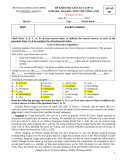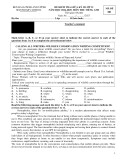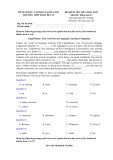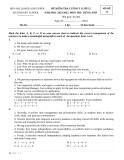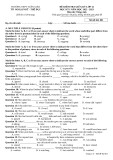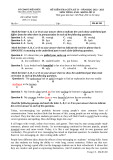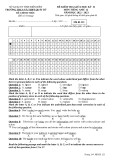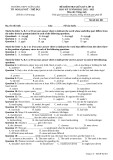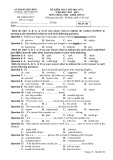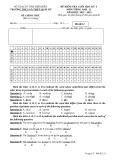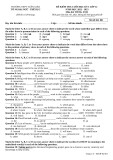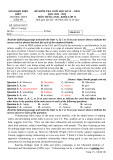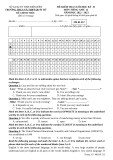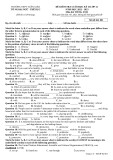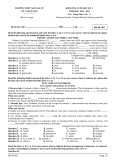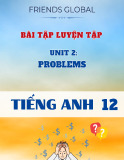
Second, we should look at how these vehicles are produced. Making an electric vehicle, especially the
battery, can cause more pollution and use more resources than making a traditional car. However, as
technology gets better, this negative effect is getting smaller.
Third, the source of energy is very important. The benefits of electric vehicles depend a lot on how the
electricity they use is made. If the electricity comes from renewable sources like wind or solar, EVs have a
smaller environmental impact. But if the electricity comes from coal or other fossil fuels, the benefits aren't
as clear.
Fourth, we need to think about lifespan – I mean, how long you can use the vehicle for. Electric vehicles
usually have fewer moving parts than gas-powered cars, which means they often last longer and need less
maintenance. This could make EVs more sustainable throughout their life.
Finally, we must consider what happens at the end of a vehicle's life. At the moment, it is hard to recycle
parts of electric vehicles, especially the batteries, but again, with better technology, this problem is
reducing.
(Source: ISW - DTP)
Questions 27. Which of the following best paraphrases the underlined sentence in paragraph 1?
A. It's complicated to understand the life cycle of EVs and gas-powered cars.
B. Both EVs and gas-powered cars have complicated life cycles.
C. EVs are greener than gas-powered cars because they have a more complicated life cycle.
D. It's complicated to tell which type of vehicle is greener when looking at their life cycles.
Questions 28. The word supports in paragraph 2 is OPPOSITE in meaning to ______________.
A. fosters B. weakens C. condemns D. approves
Questions 29. Which of the following is NOT mentioned about producing electric vehicles in paragraph 3?
A. The process of making EVs consumes natural resources.
B. Producing an EV's battery creates pollutants.
C. The production of EVs leads to technology advancement.
D. Technology improvement makes EVs production more eco-friendly.
Questions 30. The word clear in paragraph 4 could be best replaced by ______________.
A. obvious B. clean C. transparent D. understood
Questions 31. The word they in paragraph 5 refers to ______________.
A. gas-powered cars B. EVs
C. the lifespans of vehicles D. moving parts
Questions 32. Which of the following is TRUE according to the passage?
A. The lifespan of EVs is longer than that of traditional cars.
B. Traditional car parts cost less to recycle than EV batteries.
C. The electricity that EVs run on doesn't come from fossil fuels.
D. EVs are easier to produce than traditional cars.
Questions 33. In which paragraph does the writer mention aspects where EVs are definitely better than
traditional cars?
A. Paragraph 2 B. Paragraph 3 C. Paragraph 4 D. Paragraph 6
Questions 34. In which paragraph does the writer explore two possibilities that lead to different outcomes?
A. Paragraph 1 B. Paragraph 2 C. Paragraph 4 D. Paragraph 5
Read the following passage about rural migration and mark the letter A, B, C, or D on your answer sheet
to indicate the best answer to each of the following questions from 35 to 44.
Rural migration happens when people leave the countryside to move to cities. This can have significant
effects on rural economies. These changes can be both positive and negative, depending on the reasons for
migration and the resources left behind.






